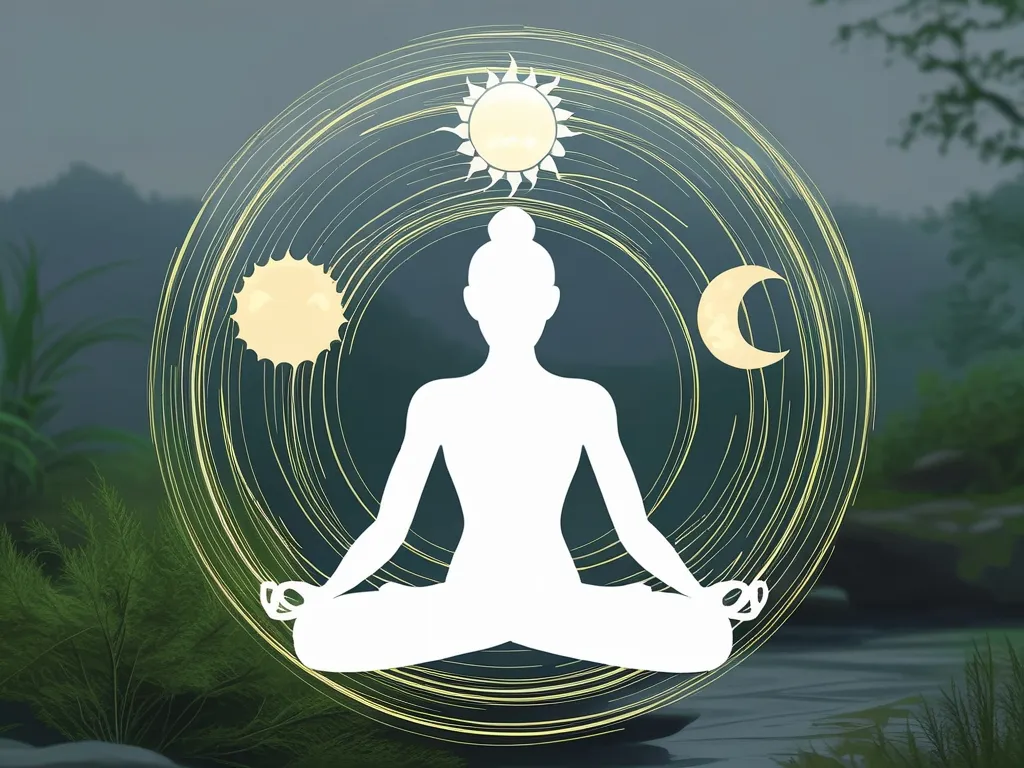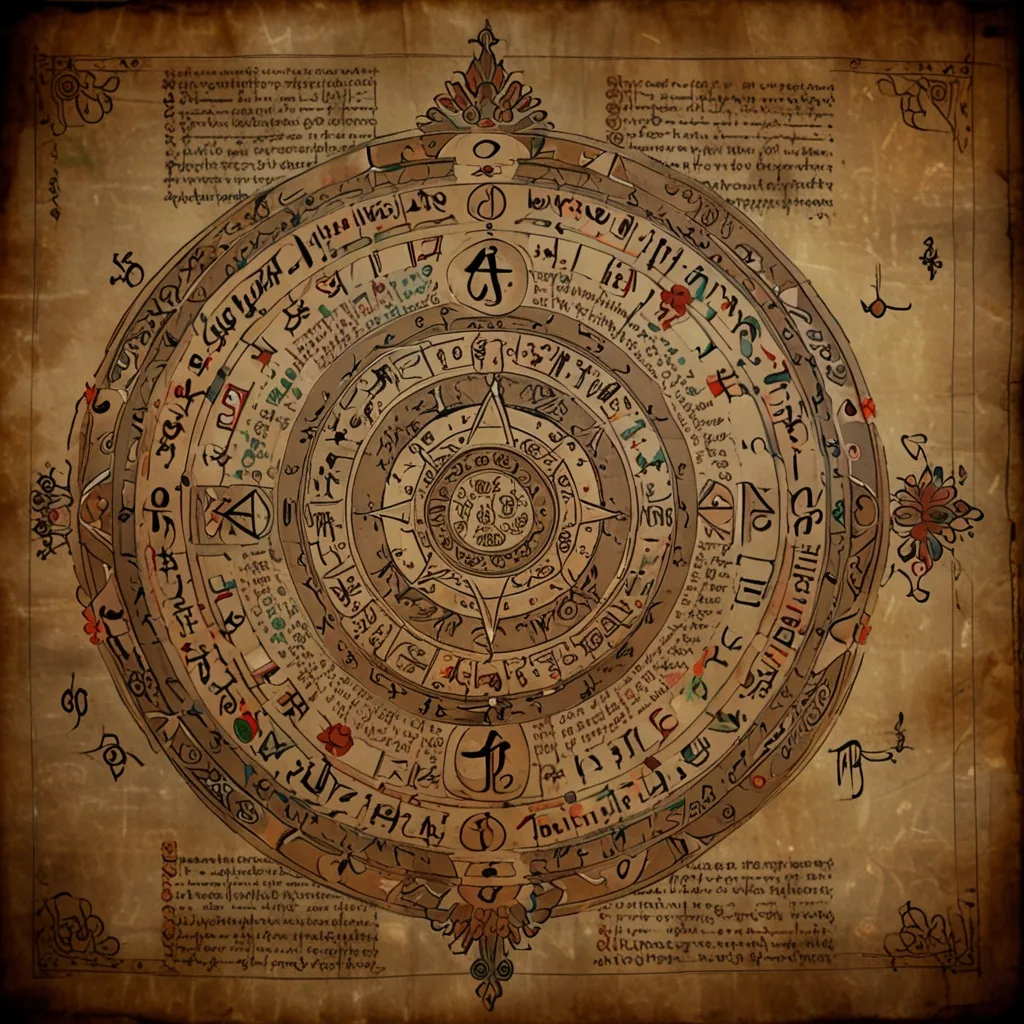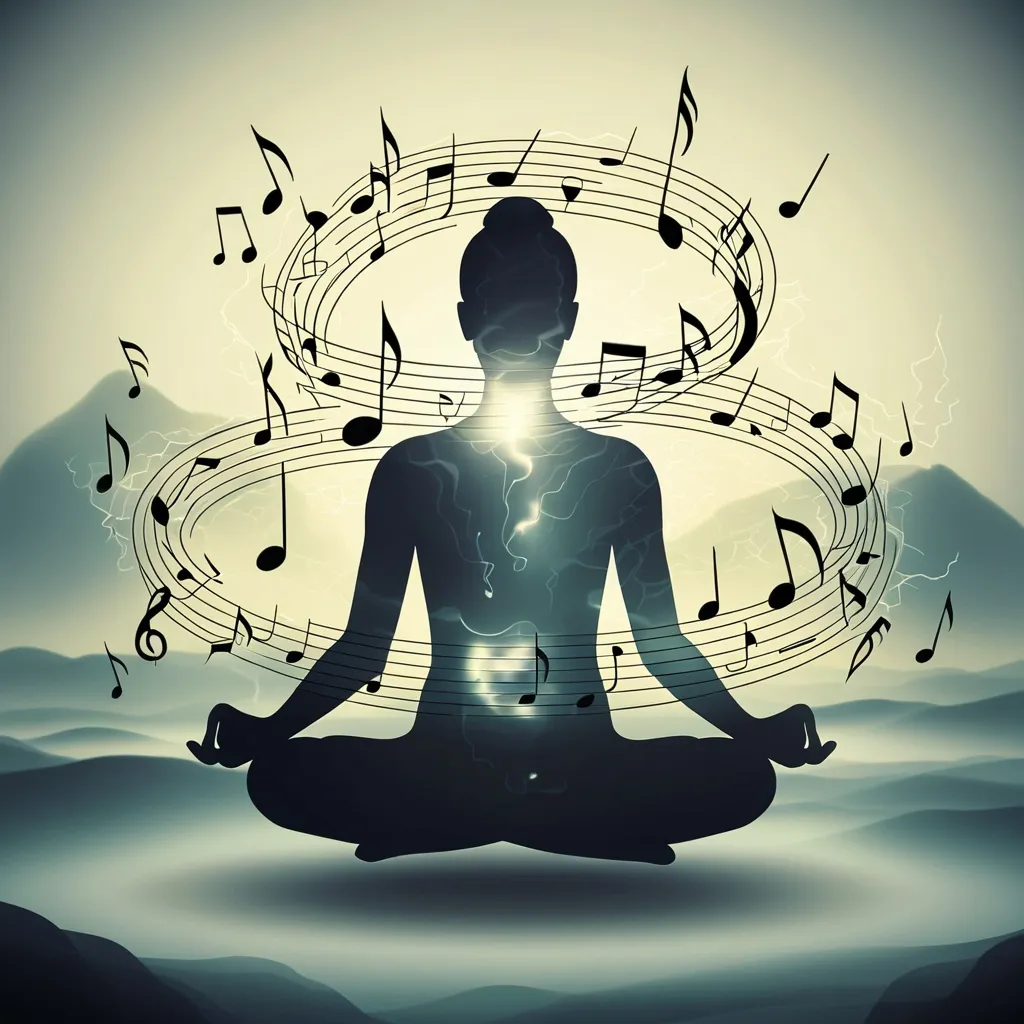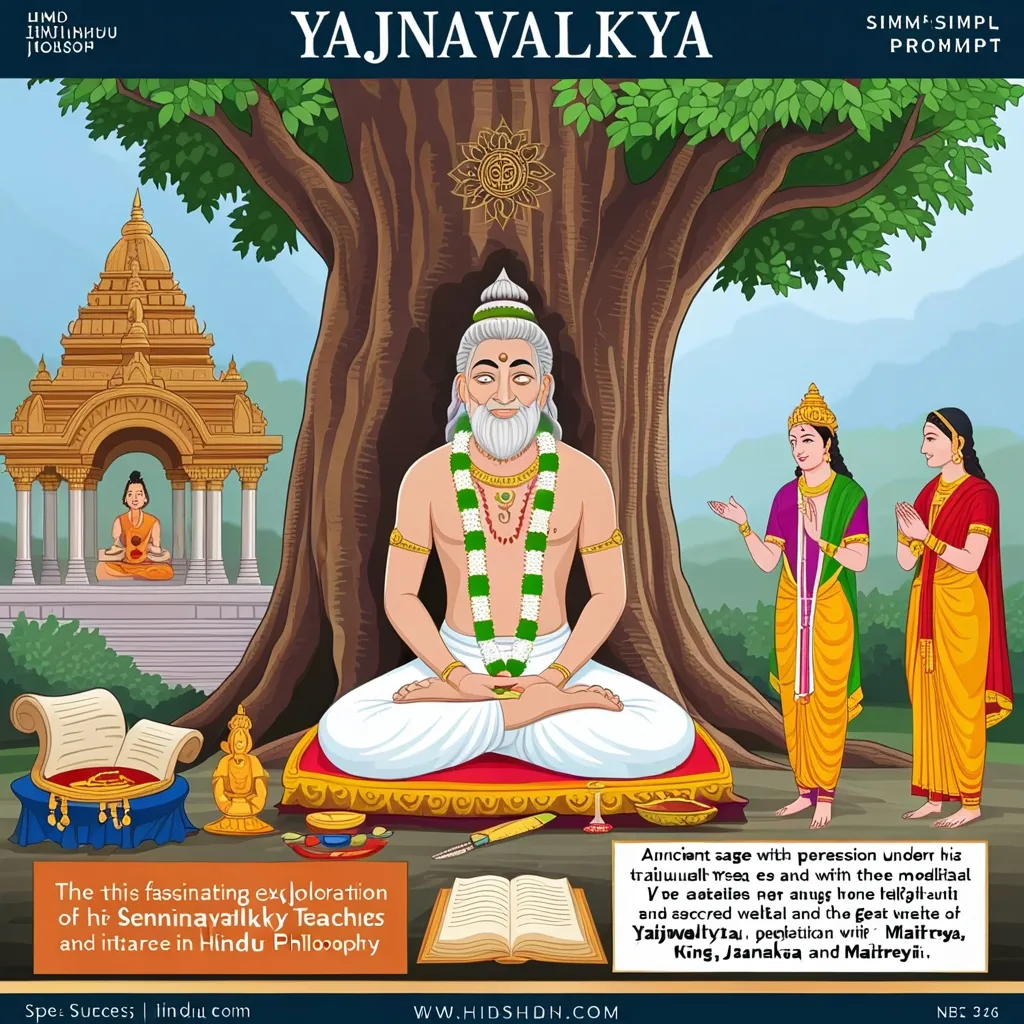Pranayama: The Ancient Art of Breath Control
Ever wondered why we’re told to take a deep breath when we’re stressed? There’s more to it than just calming your nerves. In the world of Hinduism and Yoga, this simple act is part of a powerful practice called Pranayama. It’s not just about breathing; it’s about tapping into the very essence of life itself.
Let’s dive into the fascinating world of Pranayama and uncover its secrets. Trust me, it’s way cooler than it sounds!
First off, what’s with the fancy name? Pranayama comes from two Sanskrit words: “Prana” (life force) and “yama” or “ayama” (control or extension). So, it’s all about controlling that vital energy that keeps us ticking. Think of it as the ultimate power-up for your mind and body.
Now, you might be thinking, “Isn’t this just some old-school mumbo jumbo?” Hold your horses! Pranayama has its roots deep in Vedic philosophy, and it’s still kicking butt in the modern world. It’s like the Swiss Army knife of wellness practices - versatile and always handy.
In the Vedic world, everything’s about balance. They talk about these three qualities called gunas: sattva (calm), rajas (action), and tamas (inertia). Pranayama is like a secret weapon to shift from the crazy, hectic rajas to the chill, balanced sattva. It’s like turning down the volume on life’s chaos.
But wait, there’s more! Pranayama isn’t just some standalone practice. It’s actually the fourth limb of Yoga. Yep, you heard that right - there’s more to Yoga than just twisting yourself into a pretzel. After you’ve mastered the physical poses (asanas), Pranayama is your next step on the yogic journey.
So, what’s the big deal about controlling your breath? Well, according to the ancient sage Patanjali (the OG of Yoga), when you get a handle on your breath, you’re actually clearing the fog from your mind. It’s like wiping the windshield of your consciousness. Suddenly, everything becomes clearer, and you’re ready to take on the world (or at least your to-do list).
Now, let’s talk about one of the coolest Pranayama techniques out there - alternate nostril breathing, or Nadi Shodhana if you want to sound fancy. This isn’t just breathing; it’s like conducting an orchestra in your nose. You alternate between your left and right nostrils, balancing out the energy flows in your body.
Why bother with this nasal gymnastics? Well, in Yoga, they believe we’ve got these energy channels called nadis. The left nostril is linked to the Ida nadi (think moon energy, calm and cool), while the right is connected to the Pingala nadi (sun energy, active and warm). By balancing these out, you’re basically becoming your own internal DJ, mixing the perfect energy blend.
But here’s where it gets really wild. All this nostril action isn’t just for show. It’s actually preparing you for something bigger. In the world of Yoga, there’s this concept called Kundalini - think of it as your body’s secret superpower. It’s usually chilling at the base of your spine, but when you balance out your energy through practices like Nadi Shodhana, you’re basically giving it a wake-up call.
When Kundalini rises, it’s not just a small thing. People describe it as this incredible rush of energy, like someone turned on all the lights in your body at once. You might feel pressure, vibrations, or even see flashes of light. It’s like your personal internal fireworks show.
Now, I know what you’re thinking - “This all sounds great, but what’s in it for me?” Well, buckle up, because the benefits of Pranayama are no joke. First off, it’s like a gym workout for your brain. It boosts focus, concentration, and mental clarity. Feeling scattered? A few rounds of Pranayama can help you get your head in the game.
But that’s not all. Pranayama is also your personal stress-buster. It kicks your parasympathetic nervous system into gear - that’s the part of your body that helps you chill out. Stressed about a big presentation or a first date? Pranayama’s got your back.
And let’s not forget about the physical perks. Many people report feeling more energized, sleeping better, and even experiencing less pain after practicing Pranayama regularly. It’s like a tune-up for your whole system.
Want to take it up a notch? Try combining Pranayama with mantras. There’s this cool technique called Hamsa So’ham Nadi Shodhana. You breathe in through your left nostril thinking “So,” and out through your right thinking “Ham.” It’s like giving your mind a mini-vacation while balancing your energy.
Now, you might be wondering how to fit this into your already packed schedule. Don’t worry, you don’t need to spend hours doing this. Just 15 minutes in the morning and evening can make a big difference. Start with simple techniques like Nadi Shodhana and work your way up. The key is to keep at it and stay relaxed. No need to force it - Pranayama should feel good, not like a chore.
Many people who practice Pranayama regularly report some pretty awesome changes in their lives. They feel calmer, more focused, and even notice improvements in physical aches and pains. It’s like giving yourself a daily dose of zen.
But here’s the really cool part - Pranayama isn’t just about feeling good in the moment. It actually changes how your body responds to stress on a fundamental level. When you practice, you’re basically teaching your body to chill out. It’s like installing a permanent “relax” button in your system.
This happens because Pranayama affects your nervous system in a big way. It calms down your sympathetic nervous system (the one that gets you all fired up) and activates your parasympathetic nervous system (the one that helps you relax). It’s like gently easing off the gas pedal of stress and pressing the brake pedal of calm.
And let’s talk about mindfulness for a sec. Pranayama is like a shortcut to being more present and aware. By focusing on your breath, you naturally become more tuned in to what’s going on in your body and mind. It’s like turning up the volume on your internal radio, helping you catch signals you might have missed before.
So, what’s the bottom line? Pranayama isn’t just some ancient breathing exercise. It’s a powerful tool for transforming your mind, body, and spirit. Whether you’re looking to reduce stress, boost your focus, or tap into some deeper spiritual vibes, Pranayama has something to offer.
It’s not about becoming a Yoga master or achieving some perfect state of zen. It’s about giving yourself a simple, effective way to navigate the ups and downs of life. Think of it as your personal toolkit for well-being, always at your fingertips (or nostrils, in this case).
So why not give it a try? Start small, be consistent, and see what changes you notice. You might be surprised at how something as simple as conscious breathing can open up a whole new world of possibilities.
Remember, every journey begins with a single step - or in this case, a single breath. So take a deep breath, and let the power of Pranayama guide you towards a more balanced, peaceful, and vibrant life. Who knows? You might just find that the key to unlocking your full potential has been right under your nose all along.






